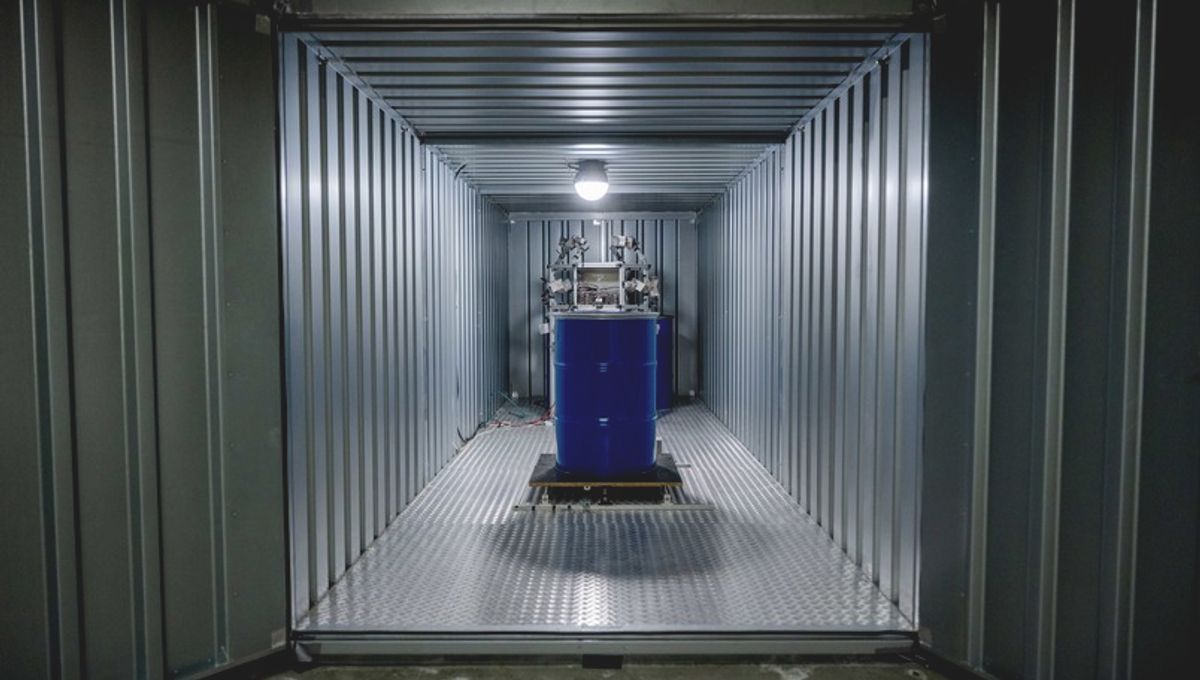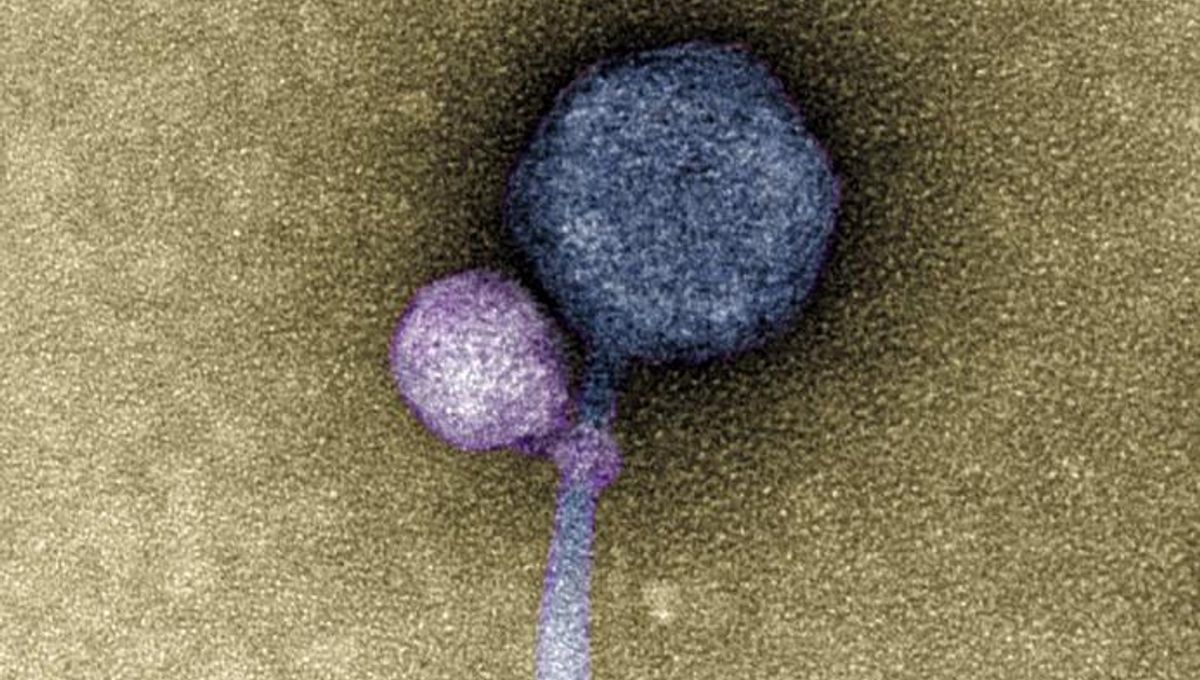Imagine a system that can remotely monitor nuclear weapons storage facilities without the need for inspectors to physically be present. That’s exactly what a team of researchers has developed, focusing on the monitoring of nuclear disarmament treaties. Their groundbreaking method utilizes radio waves to detect any movement of weapons, providing a crucial verification tool for existing arms control agreements.
According to co-author Dr. Sebastien Philippe from Princeton University, “Seventy percent of the world’s nuclear weapons are kept in storage for military reserve or awaiting dismantlement. The presence and number of such weapons at any given site cannot be easily verified via satellite imagery or other means that are unable to see into the storage vaults.”
With this new verification technology, the team aims to address the challenge of monitoring the 9,000 nuclear weapons that are currently unaccounted for under existing arms control agreements. By doing so, they hope to contribute to future diplomatic efforts aimed at limiting all types of nuclear weapons.
The system itself is relatively simple, consisting of two antennas. One emits radio waves that bounce off the walls and objects in the storage room, while the other antenna receives these waves. This setup creates a unique radio fingerprint that can detect any changes in the environment. However, to ensure its effectiveness in different situations, the team incorporated an additional security measure.
.jpg)
The team implemented a system of 20 rotating mirrors within the monitored room. By adjusting the positions of these mirrors, an additional layer of security is added to the radio fingerprint approach.
In a field test, the system was deployed in a container with movable barrels. Even the slightest movement, just a few millimeters, was accurately detected by the fingerprint. The team also explored the use of an AI algorithm to decipher the connection between mirror positioning and radio fingerprints. While successful, the decoding process proved time-consuming.
“With 20 mirrors, it would take eight weeks for an attacker to decode the underlying mathematical function,” explained lead author Johannes Tobisch. “However, the scalability of the system allows for even greater security.”








